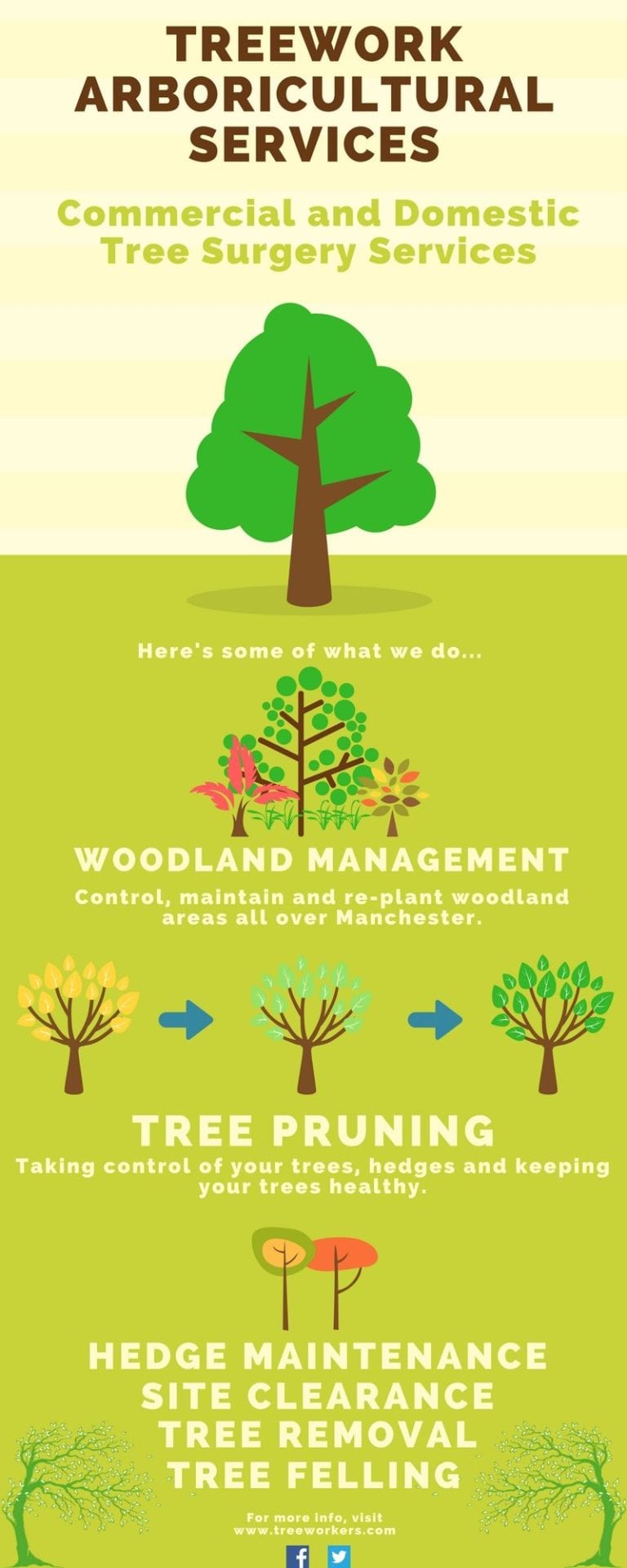When it pertains to developing a landscape that thrives, understanding the art of tree pruning is a must. Imagine having the ability to form your trees with precision, guaranteeing their vitality and beauty for years ahead. By learning the vital techniques for proper cuts, timing, and architectural training, you hold the key to a thriving outdoor space that will impress all that encounter it. But exactly how do these trimming approaches absolutely impact the wellness of your trees and the general landscape visual?
Appropriate Pruning Cuts for Tree Health And Wellness
When it involves maintaining the wellness of your trees, making correct pruning cuts is important. visit my webpage can cause condition, insect invasion, and overall tree decline. To ensure the vigor of your trees, constantly begin by using sharp, clean devices to make accurate cuts.
Begin by determining the branch collar, a puffy area where the branch affixes to the trunk. Cutting just outside the collar helps promote proper healing and minimizes the danger of infection. Stay clear of leaving stubs as they can welcome parasites and conditions into the tree.
Remember to make cuts at a slight angle, sloping away from the trunk, to prevent water from pooling on the injury. Furthermore, eliminate any type of dead, damaged, or crossing branches to boost air flow and sunlight penetration.
Timing and Regularity of Trimming
To preserve the health and wellness and framework of your trees, comprehending the ideal timing and frequency of pruning is essential.
The very best time to trim trees is normally throughout the inactive period in late wintertime or early springtime. Pruning throughout this period assists promote brand-new growth once the tree begins budding in the spring.
Nevertheless, some trees, like spring-flowering ones, are best trimmed right after they finish growing to stay clear of removing next year's flower buds.
Regular pruning is essential, yet the frequency depends upon the tree types and its development rate. For client property tree of trees, an annual examination to remove dead, unhealthy, or going across branches is recommended. Young trees may need even more frequent trimming to develop a solid framework, while mature trees may only require upkeep trimming every few years.
Avoid trimming throughout the autumn when illness are a lot more easily spread, and refrain from heavy pruning during the summer season when the tree is proactively expanding.
Educating Young Trees for Structure
For developing solid and healthy trees, training young trees for optimal framework is essential. By forming a tree when it's young, you established the foundation for a strong and aesthetically appealing fully grown tree.
Begin by identifying the main leader, which is the primary upward-growing branch. Motivate the central leader's growth by trimming away competing leaders, assisting the tree create a strong central trunk. In addition, remove any branches that grow internal or downward, as they can create architectural concerns as the tree grows.
It is very important to area out side branches evenly around the trunk to advertise well balanced development. As the tree develops, continue to monitor its development and trim as required to keep its form and structure.
Properly educated young trees are much less likely to establish weak crotches or overcrowded branches, lowering the risk of damages during tornados. Spending time in training young trees will certainly pay off with a magnificently structured and resistant tree in the future.
Final thought
Since you have understood the vital strategies of tree pruning, your landscape is on its means to thriving. By using sharp tools, making precise cuts, and appropriately timing your trimming sessions, you are making certain the health and wellness and long life of your trees. Keep in mind to regularly check and preserve your trees to keep them flourishing. With your newly found expertise, your landscape will certainly remain to grow wonderfully for years to come. Keep up the magnum opus!
